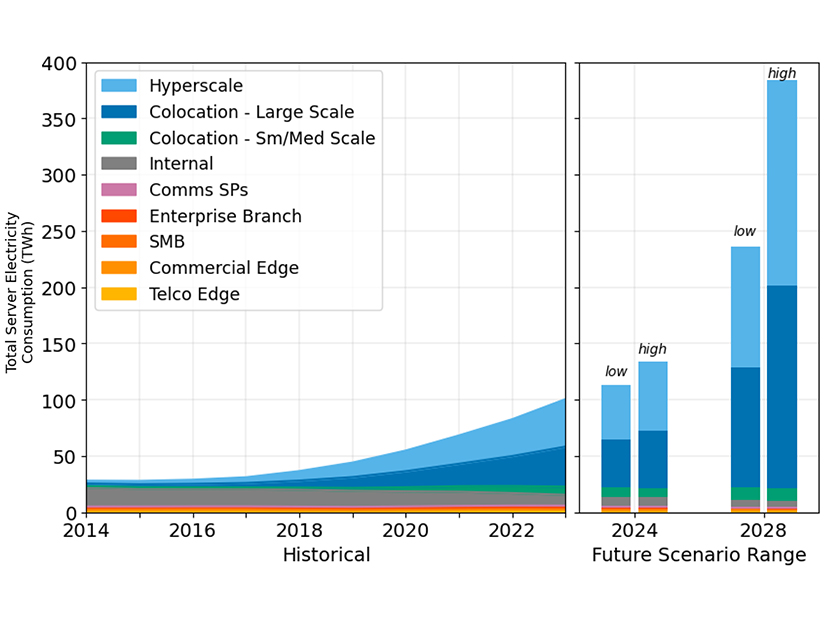Two initiatives that have bedeviled discussion at NYISO committees in the last few weeks of the year reared their heads again at the final Budget Priorities Working Group meeting of the year Dec. 17.
The Operating Reserves Performance Penalty and Engaging the Demand Side projects, both of which have been harshly criticized by stakeholders, drew fire yet again. (See Stakeholders Turn down NYISO Reserve Performance Penalties and Large Consumers Vent Frustrations with NYISO’s Proposed SCR Changes.)
The issue? NYISO staff listed these projects as “complete” for the purposes of their year-end corporate incentives, which factor into staff compensation. ISO staff are awarded bonuses for completing projects on time. Stakeholders contend that these projects were not finished.
Mark Younger of Hudson Energy Economics was particularly incensed by the reserves penalty proposal’s label, as stakeholders had declined to recommend it this month.
“I agree there was a motion, but to call the pathetic work that the ISO did on this project a ‘completion’ is basically an indictment of the entire process,” he said. “They developed something that was very poorly designed. It got very negative feedback from a wide range of market participants and the [Market Monitoring Unit], which the ISO ignored all the way up to the point that the part they had developed had to be withdrawn.”
The penalty was intended to address the approximately 10% of generator failures to respond to dispatch. Engaging the Demand Side was intended to be a “highly collaborative project” using stakeholders to identify gaps in demand-side resource programs.
Kevin Pytel, director of product and project management for the ISO, seemed a little taken aback by the response to the penalty proposal, asking how many stakeholders on the call agreed. The New York Power Authority and Independent Power Producers of New York chimed in.
“We were one of the big supporters of the Operating Reserve Performance Penalty, and we still support, kind of, what we pushed forward,” NYPA’s Tony Abate said. “But it did fail to garner substance and support from the stakeholders, so ‘completeness’ is the wrong categorization.”
Pytel promised to take these comments to senior leadership but said that the intent of the presentation was to indicate there was going to be no further additional movement on the project until next year.
“It is an approved project for next year,” Pytel said. “I know the removal piece and trying to iron out those details, making procedures, that is a priority for NYISO.”
Discussion then turned to Engaging the Demand Side.
“With respect to Engaging the Demand Side, it’s true that staff did circulate a market design concept, but it’s also true that all the affected stakeholders have rejected the concept,” one stakeholder said. “It seems like there’s a lot to be designed and discussed before you call the market design complete.”
“We obviously got a lot of feedback on our proposal that it’s not where the stakeholder community wants it to be,” Pytel said. “My understanding also is that there is not unified agreement across the stakeholder community.”
Pytel said that there had been movement in response to stakeholders, but several stakeholders argued that most of the proposals had come directly from staff without their input.
“I think what you’re hearing is similar to the operating reserves” proposal, said another stakeholder who did not identify themselves. “What they are saying is that it’s not a completed product. That’s why you’re getting pushback.”
“I will take this feedback back to the leadership team,” Pytel said. “I appreciate the comments. I’m not trying to be argumentative; just trying to talk through it so I can understand it better and articulate the concerns to the senior leadership team.”
